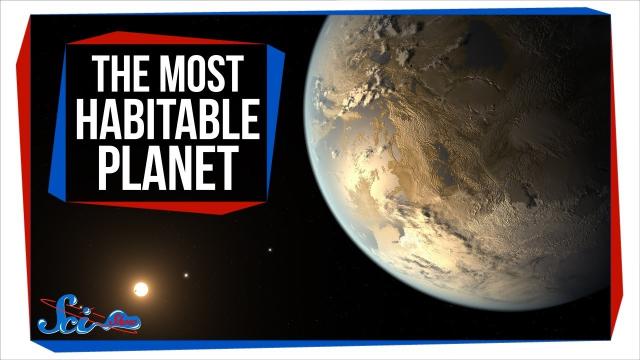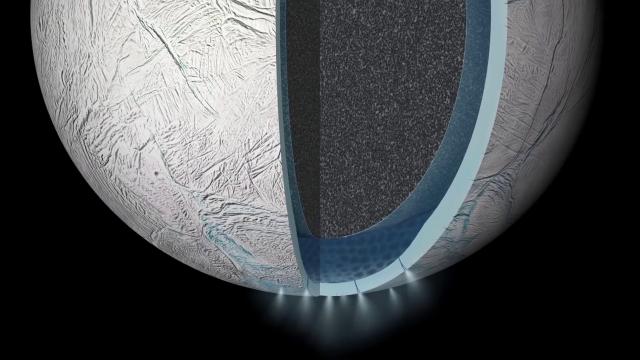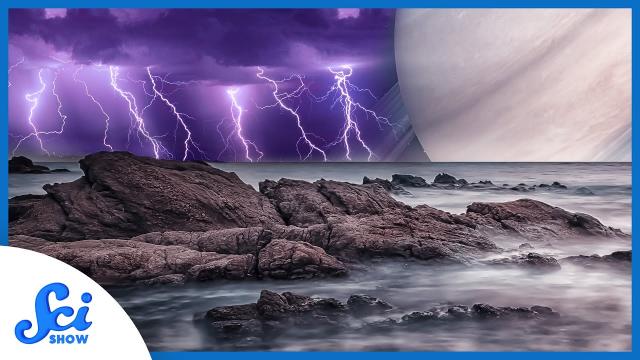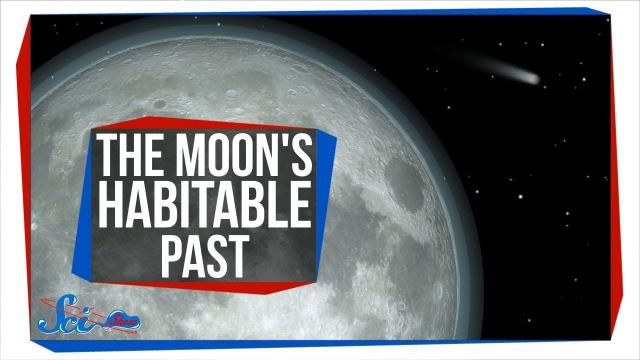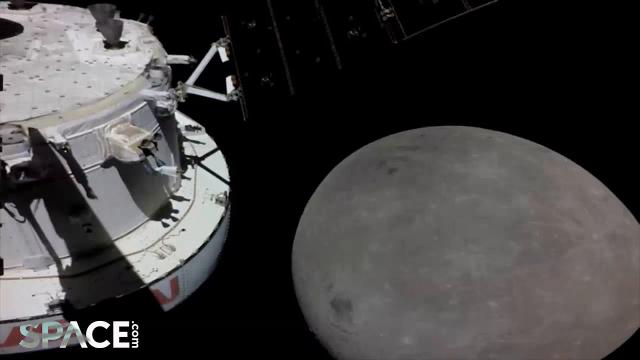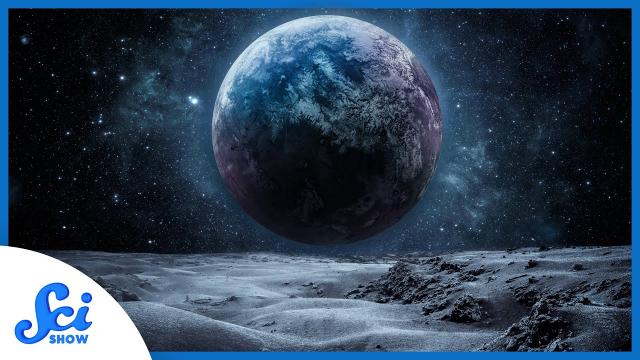Was there a time when the Moon was habitable?
Description
I can riff on silly questions all day.
God bless everyone,
T
https://www.paypal.me/THORnews
Tshirts
https://hitthebuttonbaby.com/
THORNEWS
PO BOX 35946
HOUSTON TEXAS
77235-5946
article
https://www.universetoday.com/139676/was-there-a-time-when-the-moon-was-habitable/
To put it simply, the Earth’s Moon is a dry, airless place where nothing lives. Aside from concentrations of ice that exist in permanently-shaded craters in the polar regions, the only water on the moon is believed to exist beneath the surface. What little atmosphere there is consists of elements released from the interior (some of which are radioactive) and helium-4 and neon, which are contributed by solar wind.
However, astronomers have theorized that there may have been a time when the Moon might have been inhabitable. According to a new study by an astrophysicist and an Earth and planetary scientist, the Moon may have had two early “windows” for habitability in the past. These took place roughly 4 billion years ago (after the Moon formed) and during the peak in lunar volcanic activity (ca. 3.5 billion years ago).
The study – which recently appeared in the journal Astrobiology under the title “Was There an Early Habitability Window for Earth’s Moon?“- was produced by Dirk Schulze-Makuch and Ian A. Crawford. Whereas Schulze-Makucha is a professor of astrophysics at Washington State University (WSU) and the Technical University Berlin (TUB), Crawford is a professor of planetary science and astrobiology at Birkbeck College, University of London.
For the sake of their study, Schulze-Makuch and Crawford drew on the results of several recent space missions and analyses of lunar rock and soil samples – which indicated that the Moon is not as dry as previously thought. They also drew on recent studies of the products of lunar volcanism, which indicate that the lunar interior contains more water than previously thought and that the lunar mantle may even be as comparably water-rich as Earth’s upper mantle.
From this, they concluded that conditions on the lunar surface were sufficient to support simple lifeforms during two periods in the past. The first was roughly 4 billion years ago, when the Moon began to form from a debris disk caused by an impact between a Mars-sized object (named Theia) and Earth – aka. the Giant Impact Hypothesis. The second occurred 3.5 billion years ago when the Moon was at the peak of its volcanic activity.
At both times, planetary scientists think the Moon was releasing considerable amounts of superheated volatile gasses from its interior, which would include water vapor. This outgassing could have formed pools of liquid water on the lunar surface and an atmosphere dense enough to keep it there for millions of years. The early Moon is also believed to have had its own magnetic field, which would have protected lifeforms on the surface from deadly solar radiation.
As Schulze-Makuch said in a recent interview with Astriobiology Magazine:
“If liquid water and a significant atmosphere were present on the early Moon for long periods of time, we think the lunar surface would have been at least transiently habitable.”
Schulze-Makuch and Crawford’s work draws on data from recent space missions and analyses of lunar rock and soil samples that show the Moon is more watery than scientists gave it credit for. These include India’s first lunar mission, Chandrayaan I, which created a high-resolution chemical and mineralogical map of the lunar surface in 2009, which confirmed the presence of water molecules in the soil.
In that same year, NASA’s Lunar Crater Observation and Sensing Satellite (LCROSS) mission crashed a rocket stage into the Cabeus cater near the moon’s south pole and confirmed evidence of water in the resulting plume of debris. And in 2013, the Lunar Reconnaissance Orbiter created a detailed map of the southern polar region that showed abundant concentrations of water.
Additionally, ongoing examinations of the lunar rocks returned by the Apollo astronauts and studies of lunar volcanic deposits have provided strong evidence that there is a large amount of water in the lunar mantle that is thought to have been deposited very early on in the Moon’s formation. As for how the life got there, that remains a bit of an open question.
Schulze-Makuch and Crawford believe that it may have originated much as it did on Earth, but that the more likely scenario is that it was brought from Earth by meteorites. Essentially, the earliest evidence for life on Earth indicates that cyanobacteria existed on our planet 3.5 to 3.8 billion years ago. This coincides with the Late Heavy Bombardment, when the Solar System was experiencing frequent and giant meteorite impacts.
“transiently habitable” Moon. Credit: NASA
So basically, it is possible that large impacts could have blasted off pieces of the Earth’s surface, which contained simple organisms

